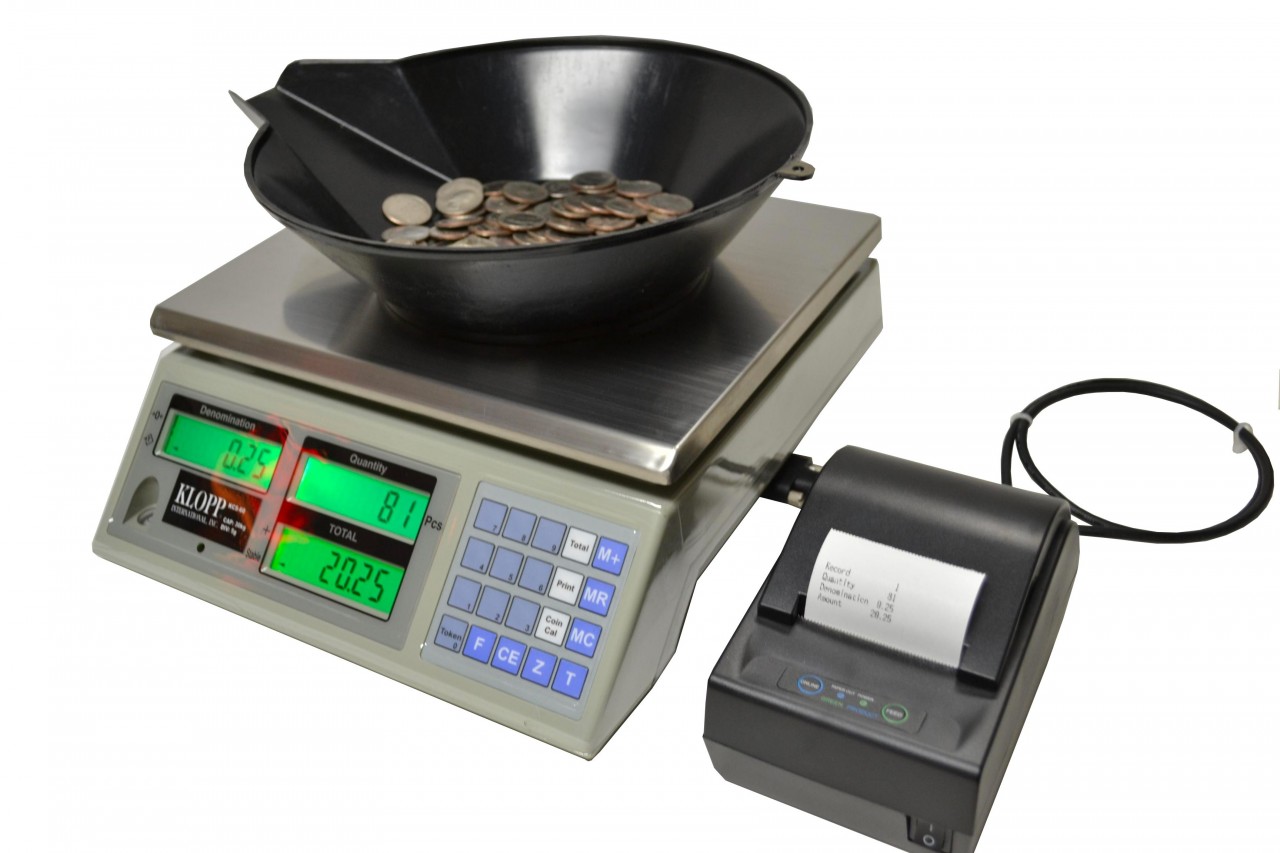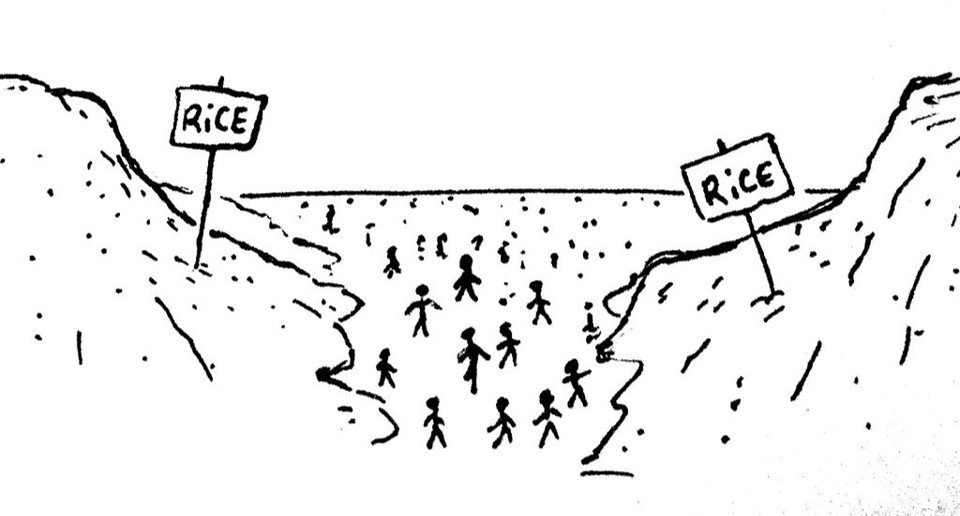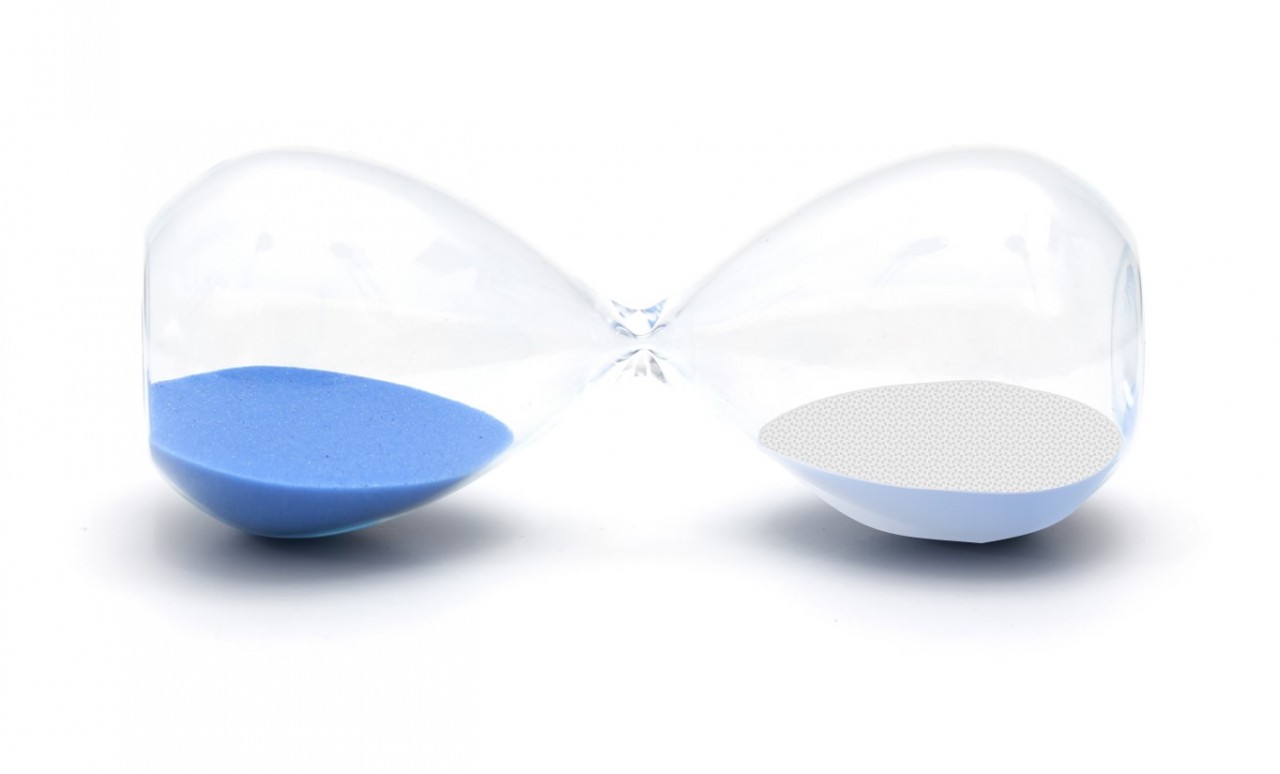Magnesium is a highly reactive metal which reacts violently with oxygen to produce a white solid called magnesium oxide. This can be shown as follows: Chemical equations are a useful shorthand way of describing the changes that take place when a chemical reaction happens. Word equations can be helpful for example :...
1.26 "Counting" by measuring mass Sometimes chemists need to "count" out a specific number of atoms, ions or molecules of a substance. Atoms are very very small - too small to see. It is therefore impossible to measure them out by counting individually. Instead we "count" them out by measuring their mass - much like ...
Relative masses allow chemists to "count out" atoms and molecules so they can ensure that the appropriate amounts of substances are reacted.
1.27 What is a mole? Students should: 1.27 know that the mole (mol) is the unit for the amount of a substance 1.28 understand how to carry out calculations involving amount of substance, relativeatomic mass (Ar) and relative formula mass (Mr) A mole (mol) is the quantity of anything that has the same number of particles as there are ato...
1.28 Calculating moles The following masses of elements all contain one mole of atoms: 12.0 g Carbon, 32.1 g Sulphur, 14 g Nitrogen, 24.3 g Magnesium. So if you have 24 g carbon you have 24/12 = 2 moles carbon atoms. Likewise if you have 1.4 g nitrogen you have 1.4/14 = 0.1 moles nitrogen atoms. Rearrangin...
Relative masses allow chemists to "count out" atoms and molecules so they can ensure that the appropriate amounts of substances are reacted.
Concentration Noun :the action or power of focusing all one's attentiona close gathering of people or things.the relative amount of a particular substance contained within a solution or mixture or in a particular volume of space In this topic we will of course be using the third definition of concentration. Students should: 1.34C ...
Finding the formula of a compound is important to chemists. We can often predict what the formula might be because we know something about the electron configurations and the way atoms reorganise their electrons to achieve full or empty outer shells. However, here we look at a number of reactions where accurate mass measurement...
In this section we consider how much product is formed by a chemical reaction . Some reaction processes are not very efficient and only a small proportion of the reactants are actually turned into the products. The yield of a chemical reaction is the amount of product obtained. It is usually expressed as a perce...







